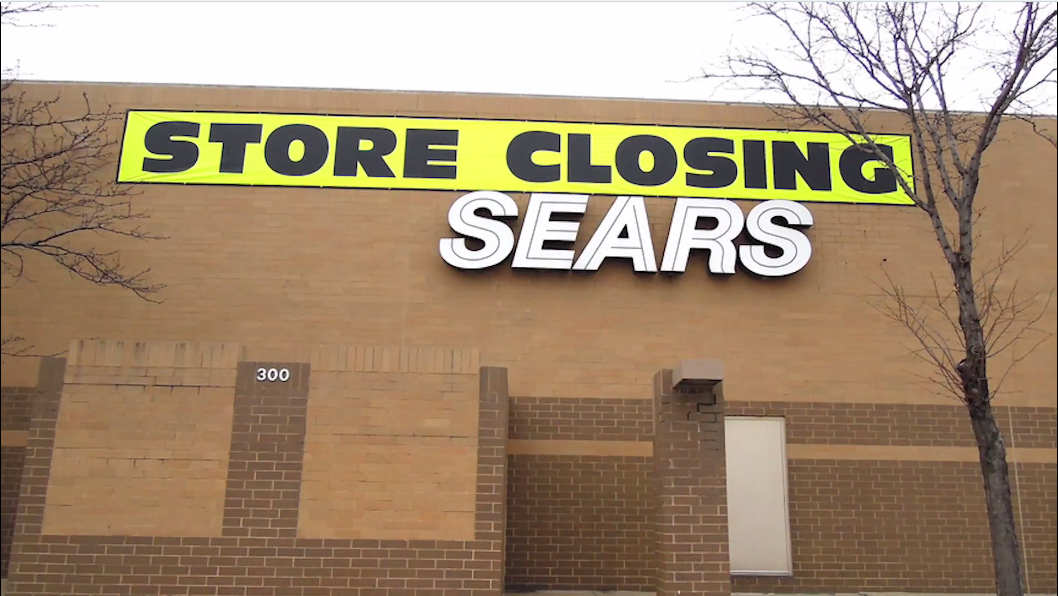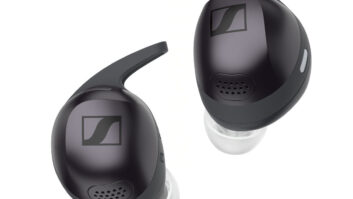
Store closures weighed heavy on Sears’ second-quarter results.
The shuttering of hundreds of locations this year alone led to a 26 percent decline in total revenue, to $3.2 billion, and contributed to a doubling in size of its net loss, to $508 million, from the year-ago quarter.
Comp sales, which are unaffected by store closures, were the one bright spot. Despite a 3.9 percent decrease for the three months, ended Aug. 4, investors rewarded the company for its smallest comp decline in three years by pushing its shares up more than 13 percent from today’s open at post time. Wall Street was also heartened by the 3 percent and 2.5 percent comp gains that Sears enjoyed in July and August, respectively.
By comparison, August comps for CE and appliance stores were up 4.1 percent year over year, and general merchandise stores were up 4.6 percent last month according to U.S. Census Bureau stats, as growing consumer optimism — and wages — spur sales.
“While we are encouraged by the improved comparable stores sales trend … we have yet to achieve our goal of returning the company to profitability,” acknowledged chairman, CEO and chief investor Eddie Lampert.
To attain that goal, the retailer will continue to close underperforming stores, streamline operations, cut costs and sell off assets, he said.
The plan calls for Sears to circle the wagons around its best stores, best product categories and best customers, noted chief financial officer Rob Riecker. The chain will align its overall cost structure to its core stores, and use its real estate assets as collateral to keep the company solvent, he said. Real estate transactions generated nearly $440 million in the first half of the year, and Sears used over $310 million of the proceeds to pay down real estate-backed loans.
Elsewhere, as it contemplates more store closures beyond this fall’s 46, and continues to consolidate Sears and Kmart operations, the company expects to realize an additional $100 million in annualized cost savings, on top of a previously announced $200 million reduction in annual overhead.
Still under consideration is Lampert’s Aug. 14 offer to acquire Sears’ Kenmore appliance brand for $400 million, and its home improvement business for upwards of $80 million.
See: How Much Would You Pay For Kenmore?
In the meantime, Sears said it is exploring partnerships, sales “or other means of externalization that could expand distribution of our brands and service offerings,” like its growing relationship with Amazon, which sells its private-label appliances, batteries and tires.
But headwinds remain, Lampert said in an infrequent corporate blog, including billions of dollars in pension payouts and “the enormous changes to the retail environment caused by the ever-increasing trend to online shopping.”
“We have worked hard to make the best possible decisions for the company given the options available to it and the variety of constraints it has faced,” he wrote. “We continue to believe that Sears can successfully evolve into a smaller but profitable company focused on our [Shop Your Way] membership program and our integrated retail capabilities, and with a large enough store and online platform from which to grow.”













